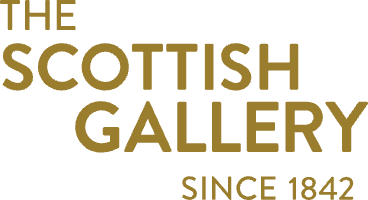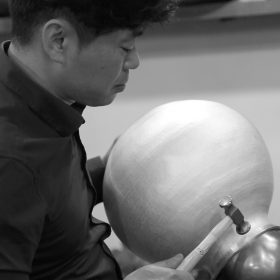William Lee lives and works in Seoul, South Korea. He completed his BA (hons) in Silversmithing & Metalwork at Camberwell College of Arts, University of London in 2004, before becoming Artist in Residence in the Jewellery & Metalwork department at Sheffield Hallam University in 2006.
‘I use a basic technique that is central to my artistic practice. Through the process of raising from one disc of silver, only by hand hammering, I construct innovative forms and surfaces inspired by oriental traditional philosophy. By recreating the form and shape of traditional Korean ceramics, I seek to interpret a cultural code in restrained vessel forms. Flowing lines and subtle marks appear to be melt on the surface.
As an artist, l place the greatest importance on continuously creating works. This can be interpreted in a number of ways, but what I mean here is that it is important that the present work and its end-product become a reason and driving force for the future’.
Public Collections include:
Pembroke College, University of Cambridge Grocers’ Company, London, UK; Aberdeen Art Gallery & Museums, UK; Philadelphia Museum of Art, USA; Goldsmiths’ Company, London, UK; Victoria & Albert Museum, London, UK







